Spending on private education for elementary school students dropped last year mainly due to increased participation in public after-school programs, while expenses increased for those in middle and high schools, government data showed yesterday.
According to the Ministry of Education, Science and Technology and Statistics Korea, the monthly average of private education spending per elementary school student last year was 219,000 won ($201.2), a 9.1 percent drop from the previous year.
Monthly average spending for middle and high school students, however, went up 5.3 percent and 2.8 percent, respectively, over the same period, amounting to 276,000 won and 224,000 won.
The Education Ministry pointed out that the drop in private education spending for students in elementary school is mainly due to more participation in government-supported after-school programs.
“The participation rate of after-school programs offered by elementary schools is going up mainly because there has been a significant improvement in the quantity and quality of programs being offered,” said Shin Ik-hyun, a director general at the ministry.
“The demand for private education, which so far has been largely fulfilled by hagwon [private academies] or personal tutoring, is being absorbed into schools.”
Last year, 52.6 percent of elementary school students took part in after-school activities, according to the ministry, which is 2.2 percentage points higher than the previous year.
In middle and high schools, however, ministry officials note that after-school programs have not settled sufficiently enough to absorb students’ demand for private education.
Last year, fewer students in middle and high schools took part in after-school classes that offer lectures on subjects related to university admissions, such as mathematics and English.
According to ministry figures, the participation rate dropped four to eight percentage points last year compared to 2011.
The state figures are based on a survey of 78,000 students in nationwide elementary, middle and high schools, as well as their parents.
Survey results showed that Korean parents spent a total of 19 trillion won on their children’s private education in 2012.
It is the first time that the volume has remained below 20 trillion won since 2007 when the survey was first adopted.
The average monthly spending on private education per student was 236,000 won, 6,000 won less than when the spending reached its highest point in 2009.
Reflecting price fluctuation, the Education Ministry said the overall monthly expense dropped by 34,000 won over the past three years.
By region, the monthly average private education spending per student in Seoul was 312,200 won, while that of rural villages and towns was 150,000 won.
Spending on after-school programs was not included in the total tally of the survey, but monthly spending was 13,000 won per student last year, which is 2,000 won less than the previous year.
“Financial support given by regional education offices to students in after-school programs increased [last year],” said Choi Soo-jin, a director at the Education Ministry.
By Chun In-sung, Lee Eun-joo [angie@joongang.co.kr]
|
|
||||||||




